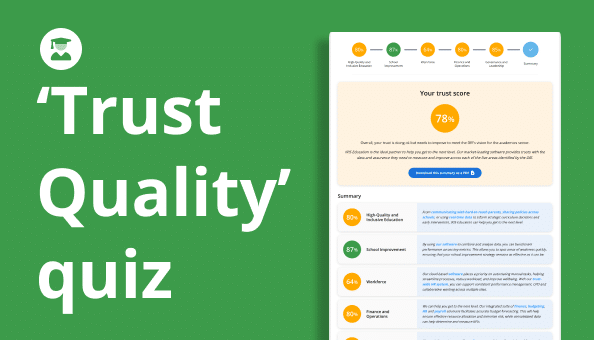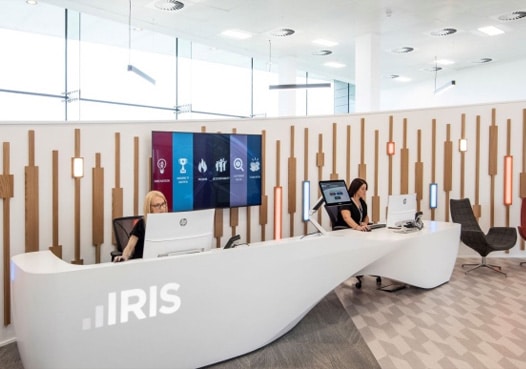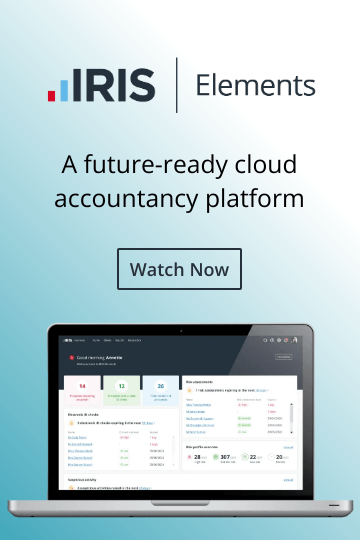BLOGS
The key to employee retention lies in technology

The talent issue is critical for large accountancy firms. Good pay and opportunities for progression, while important, are not the only priorities for staff.
Instead, employees are increasingly looking for a purpose-driven, engaging and positive culture that prioritises the employee experience.
With this shift, leaders need to consider if the environment they are creating is human-centric and employee-focused, as this will directly impact the type of people who choose to stay with your firm long term.
Good companies attract good people
Never underestimate the appeal of a good company, with a collaborative and transparent work environment, to attract and retain good employees.
Having that ‘big picture’ mindset while being trusted to do the job well, working together as a team with shared accountability and credit, being able to give honest feedback without the fear of retribution and freely being able to access data and information are all factors that create and foster a positive working environment.
It’s important to note that none of this is possible without clear and concise channels of communication.
Yet for many, the workplace has become functional, disengaging and inhuman.
There’s been an increase in the number of meetings needed, there is a never-ending back and forth of messages between team members and the volume of applications needed daily to get the job done is causing fatigue.
Technology is ubiquitous and is now the biggest touchpoint across any firm. It is also second nature for first-time starters as well as the younger workforce who are increasingly becoming the majority. As such, you must seek to enhance the collaborative and transparent working environment, not inhibit it.
Having a tech-first mindset enables asynchronous workflows and improved agility within a firm, streamlining processes. It also allows for information, and the context of this information, to be made readily available.
Lastly, it makes your employee’s jobs easier as you remove the repetition and friction from tasks and allow them to truly focus on getting the job done while inadvertently improving the customer’s experience, too.
But the technology needs to be in one place. Connected. Integrated. Simple. One entry. One list of clients. One user experience. Less to-ing and fro-ing.
Unlocking the human potential
Employees, whether they are driven by passion or purpose, are looking for meaning in their work and an engaging environment to work in. They are also looking for the freedom to choose what’s important to them.
By harnessing the power of technology to automate administrative, low-value tasks, often allocated to the younger workforce or new starters, you give your employees the ability to carve out and explore where their strengths lie.
This freedom to cultivate and develop skills is an exciting learning opportunity. It unlocks the human potential at scale as this exposure and autonomy develops talent while creating a positive, engaged mindset toward business projects.
Flexibility creates happy employees
As flexible working models have been introduced, technology has enabled a healthy work-life balance and the employee experience has substantially improved.
Digital tools have also been leveraged to gain insight and facilitate real-time pulse checks on health and wellbeing, as well as build relationships between teams and the wider company itself.
There are many reports suggesting this has contributed to an increase in productivity, improved workplace diversity and inclusion and higher levels of employee engagement. Essentially, flexible working models are making employees happy.
Additionally, there is a belief that if flexible working models have been adopted, an employer cares and considers the emotional and mental wellbeing of their employees more; and who wouldn’t want to recommend or talk highly of an employer that prioritises this?
Yet, there are also considerations to be made. Unfortunately, there can be a gap between what leaders perceive their employee’s needs to be and what employees need to feel supported when working in a flexible environment.
Leaders must ask:
What is the onboarding process for new employees?
Do employees have the right tools to make hybrid/remote/flexible working easy?
Are the experiences of those working remotely and in-office the same?
Can you introduce initiatives like “no meeting Fridays” to free up time and help employees focus for the day?
By considering the employee experience, and leveraging tech to optimise and facilitate this, you ensure your firm keeps employees happy (and retained).
Conclusion
Matching and meeting employee expectations with intuitive digital tools will not only enhance your firm's current employee retention efforts, but ensure you are able to attract and secure new talent in the future.
Find out more about how our software can help you here.









